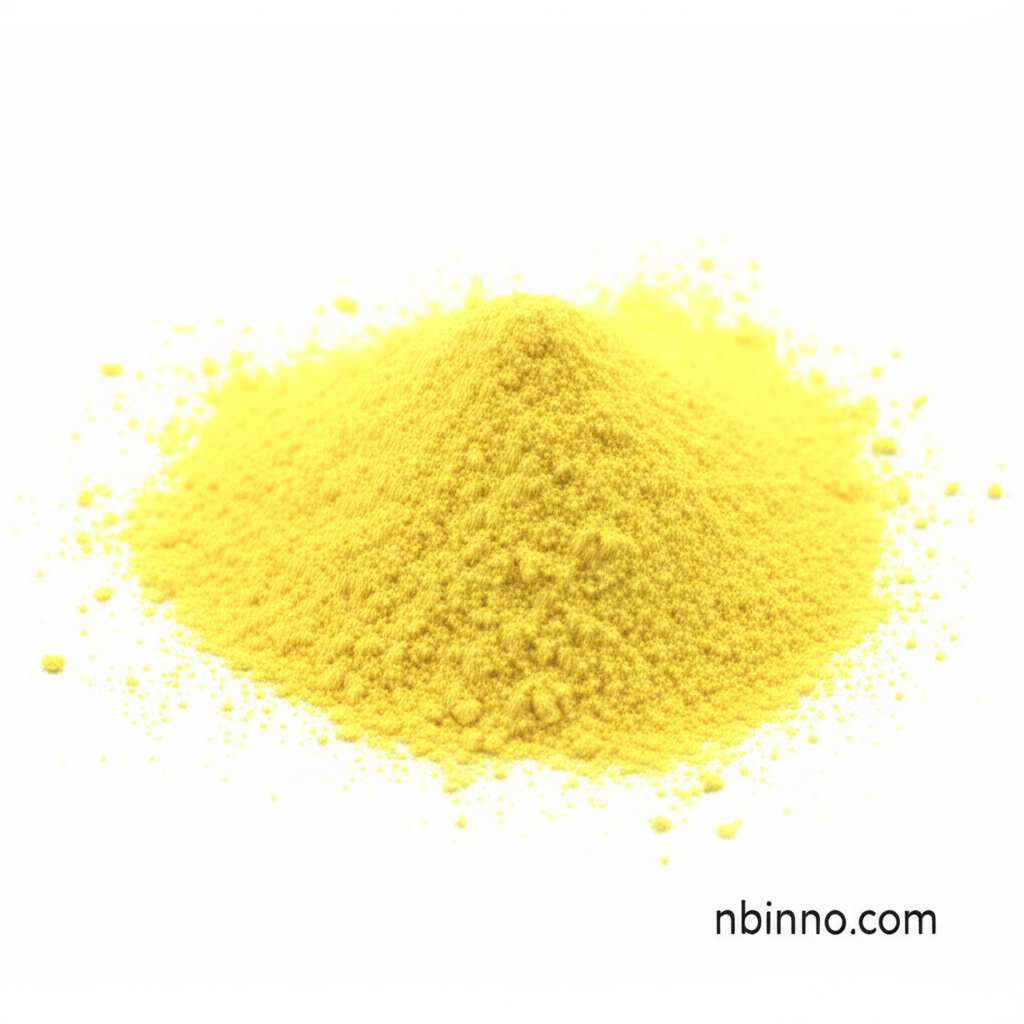1,3,6,8-Tetraethynylpyrene: A Versatile Building Block for Advanced Materials Science
Discover the potential of a highly conjugated pyrene derivative for cutting-edge material applications.
Get a Quote & SampleProduct Core Value

1,3,6,8-Tetraethynylpyrene
This unique molecule, 1,3,6,8-Tetraethynylpyrene, serves as a pivotal chemical intermediate, enabling the creation of advanced functional materials. Its structure, featuring a pyrene core with four ethynyl groups, fosters an extensive conjugated π-electron system, leading to distinctive electronic and optical characteristics. This makes it highly sought after for applications in cutting-edge fields of materials science and organic chemistry.
- Explore the synthesis of 1,3,6,8-tetraethynylpyrene, focusing on Sonogashira-Hagihara cross-coupling reactions for efficient preparation.
- Understand how pyrene-based CMPs for hydrogen evolution leverage this compound for sustainable energy solutions.
- Investigate the role of 1,3,6,8-tetraethynylpyrene in organic electronics, particularly in the development of novel optoelectronic devices.
- Learn about the synthesis of conjugated microporous polymers using this as a key monomer for advanced material design.
Advantages Offered by the Product
Enhanced π-Conjugation
The tetraethynyl functionalization of the pyrene core significantly enhances the molecule's π-conjugation, leading to superior electronic and optical properties crucial for high-performance organic electronic components.
Versatile Building Block
As a versatile intermediate, it facilitates the design and synthesis of a wide array of complex molecules and polymers, including those used in novel COF and MOF linker chemistry, opening avenues for materials innovation.
Potential in Sustainable Energy
Its derivatives show great promise in applications like sustainable energy photocatalysis research, particularly in photocatalytic hydrogen evolution, contributing to cleaner energy technologies.
Key Applications
Conjugated Microporous Polymers (CMPs)
Utilized as a monomer for synthesizing CMPs with high surface areas and unique electronic properties, crucial for advanced materials, as seen in pyrene-based CMPs for hydrogen evolution research.
Organic Electronics
A key component in the development of organic light-emitting diodes (OLEDs) and other optoelectronic devices, contributing to high-performance organic electronic components due to its tunable photophysical properties.
Photocatalysis
Plays a role in creating materials for photocatalytic applications, such as hydrogen production from water, aligning with goals in sustainable energy photocatalysis research.
MOFs and COFs Synthesis
Serves as a valuable linker in the construction of Metal-Organic Frameworks (MOFs) and Covalent Organic Frameworks (COFs), supporting advancements in novel COF and MOF linker chemistry.
